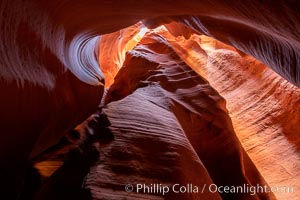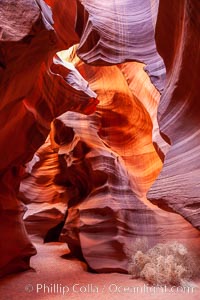
Owl Canyon, a beautiful slot canyon that is part of the larger Antelope Canyon system. Page, Arizona.
Location: Navajo Tribal Lands, Page, Arizona
Image ID: 36028
Location: Navajo Tribal Lands, Page, Arizona
Image ID: 36028

Rattlesnake Canyon, a beautiful slot canyon that is part of the larger Antelope Canyon system. Page, Arizona.
Location: Navajo Tribal Lands, Page, Arizona
Image ID: 36034
Location: Navajo Tribal Lands, Page, Arizona
Image ID: 36034

Rattlesnake Canyon, a beautiful slot canyon that is part of the larger Antelope Canyon system. Page, Arizona.
Location: Navajo Tribal Lands, Page, Arizona
Image ID: 36038
Location: Navajo Tribal Lands, Page, Arizona
Image ID: 36038
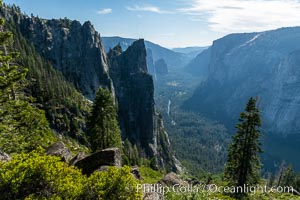
View of Yosemite Valley toward the west from the Four Mile Trail, Yosemite National Park.
Location: Yosemite National Park, California
Image ID: 36388
Location: Yosemite National Park, California
Image ID: 36388

Black's Beach and Sandstone cliffs at Torrey Pines State Park, viewed from high above the Pacific Ocean near the Indian Trail.
Location: La Jolla, California
Image ID: 36734
Panorama dimensions: 7281 x 13035
Location: La Jolla, California
Image ID: 36734
Panorama dimensions: 7281 x 13035

Lower Antelope Canyon, a deep, narrow and spectacular slot canyon lying on Navajo Tribal lands near Page, Arizona.
Location: Navajo Tribal Lands, Page, Arizona
Image ID: 37767
Location: Navajo Tribal Lands, Page, Arizona
Image ID: 37767

Lower Antelope Canyon, a deep, narrow and spectacular slot canyon lying on Navajo Tribal lands near Page, Arizona.
Location: Navajo Tribal Lands, Page, Arizona
Image ID: 37768
Location: Navajo Tribal Lands, Page, Arizona
Image ID: 37768

Lower Antelope Canyon, a deep, narrow and spectacular slot canyon lying on Navajo Tribal lands near Page, Arizona.
Location: Navajo Tribal Lands, Page, Arizona
Image ID: 37773
Location: Navajo Tribal Lands, Page, Arizona
Image ID: 37773
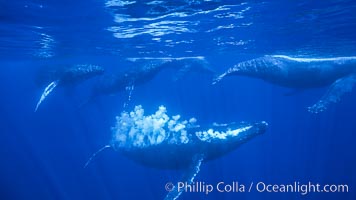
Male North Pacific humpback whale streams a trail of bubbles. The primary male escort whale (center) creates a curtain of bubbles underwater as it swims behind a female (right), with other challenging males trailing behind in a competitive group. The bubbles may be a form of intimidation from the primary escort towards the challenging escorts.
Species: Humpback whale, Megaptera novaeangliae
Location: Maui, Hawaii
Image ID: 05968
Species: Humpback whale, Megaptera novaeangliae
Location: Maui, Hawaii
Image ID: 05968

Orange-Crowned Warbler Amid Spring Flowers, Coast Trail, La Jolla.
Species: Orange-Crowned Warbler, Leiothlypis celata
Location: La Jolla, California
Image ID: 40244
Species: Orange-Crowned Warbler, Leiothlypis celata
Location: La Jolla, California
Image ID: 40244

Orange-Crowned Warbler Amid Spring Flowers, Coast Trail, La Jolla.
Species: Orange-Crowned Warbler, Leiothlypis celata
Location: La Jolla, California
Image ID: 40250
Species: Orange-Crowned Warbler, Leiothlypis celata
Location: La Jolla, California
Image ID: 40250

Ancient bristlecone pine tree, roots spread wide and exposed over dolomite-rich soil, rising above the arid slopes of the Schulman Grove in the White Mountains at an elevation of 9500 above sea level, along the Methuselah Walk. The oldest bristlecone pines in the world are found in the Schulman Grove, some of them over 4700 years old. Ancient Bristlecone Pine Forest.
Species: Bristlecone pine, Pinus longaeva
Location: White Mountains, Inyo National Forest, California
Image ID: 23234
Species: Bristlecone pine, Pinus longaeva
Location: White Mountains, Inyo National Forest, California
Image ID: 23234
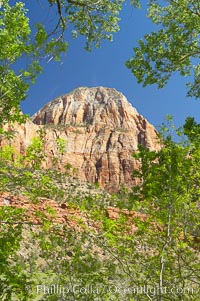
Red sandstone peaks above the Parus trail in Zion National Park.
Location: Zion National Park, Utah
Image ID: 12485
Location: Zion National Park, Utah
Image ID: 12485

Vernal Falls at peak flow in late spring. Hikers are seen at the precipice to Vernal Falls, having hiked up the Mist Trail to get there.
Location: Vernal Falls, Yosemite National Park, California
Image ID: 12636
Location: Vernal Falls, Yosemite National Park, California
Image ID: 12636

Hikers ascend the Skyline Trail below Nisqually Glacier and Mount Rainier.
Location: Mount Rainier National Park, Washington
Image ID: 13889
Location: Mount Rainier National Park, Washington
Image ID: 13889

Black's Beach and Sandstone cliffs at Torrey Pines State Park, viewed from high above the Pacific Ocean near the Indian Trail.
Location: Torrey Pines State Reserve, San Diego, California
Image ID: 14770
Location: Torrey Pines State Reserve, San Diego, California
Image ID: 14770

Pine Tree Arch on the Devil's Garden Trail in Arches National Park.
Location: Pine Tree Arch, Arches National Park, Utah
Image ID: 18186
Location: Pine Tree Arch, Arches National Park, Utah
Image ID: 18186

Vernal Falls at peak flow in late spring, hikers visible at precipice, viewed from John Muir Trail.
Location: Vernal Falls, Yosemite National Park, California
Image ID: 07772
Location: Vernal Falls, Yosemite National Park, California
Image ID: 07772

Hikers climb the Mist Trail (at right) through Little Yosemite Valley, approaching Vernal Falls. Spring.
Location: Vernal Falls, Yosemite National Park, California
Image ID: 09200
Location: Vernal Falls, Yosemite National Park, California
Image ID: 09200

Owl Canyon, a beautiful slot canyon that is part of the larger Antelope Canyon system. Page, Arizona.
Location: Navajo Tribal Lands, Page, Arizona
Image ID: 36032
Location: Navajo Tribal Lands, Page, Arizona
Image ID: 36032

Upper Yosemite Falls by moonlight, viewed from Cooks Meadow. Star trails appear in the night sky. Yosemite Valley.
Location: Yosemite Falls, Yosemite National Park, California
Image ID: 16098
Location: Yosemite Falls, Yosemite National Park, California
Image ID: 16098

Lower Antelope Canyon, a deep, narrow and spectacular slot canyon lying on Navajo Tribal lands near Page, Arizona.
Location: Navajo Tribal Lands, Page, Arizona
Image ID: 26684
Location: Navajo Tribal Lands, Page, Arizona
Image ID: 26684

Arch Rock and star trails, impending dawn.
Location: Joshua Tree National Park, California
Image ID: 28415
Location: Joshua Tree National Park, California
Image ID: 28415
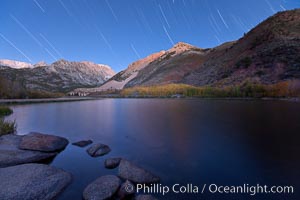
Star trails and alpenglow on the Sierra Nevada, Paiute Peak, before sunrise, reflected in North Lake in the Sierra Nevada.
Location: Bishop Creek Canyon Sierra Nevada Mountains, California
Image ID: 26053
Location: Bishop Creek Canyon Sierra Nevada Mountains, California
Image ID: 26053

Mobius Arch in the Alabama Hills, seen here at night with swirling star trails formed in the sky above due to a long time exposure. Polaris, the North Star, is visible at upper right.
Location: Alabama Hills Recreational Area, California
Image ID: 27677
Location: Alabama Hills Recreational Area, California
Image ID: 27677

Sunrise on the Racetrack Playa. The sliding rocks, or sailing stones, move across the mud flats of the Racetrack Playa, leaving trails behind in the mud. The explanation for their movement is not known with certainty, but many believe wind pushes the rocks over wet and perhaps icy mud in winter.
Location: Racetrack Playa, Death Valley National Park, California
Image ID: 27701
Location: Racetrack Playa, Death Valley National Park, California
Image ID: 27701
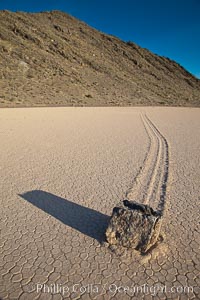
A sliding rock of the Racetrack Playa. The sliding rocks, or sailing stones, move across the mud flats of the Racetrack Playa, leaving trails behind in the mud. The explanation for their movement is not known with certainty, but many believe wind pushes the rocks over wet and perhaps icy mud in winter.
Location: Racetrack Playa, Death Valley National Park, California
Image ID: 25243
Location: Racetrack Playa, Death Valley National Park, California
Image ID: 25243
